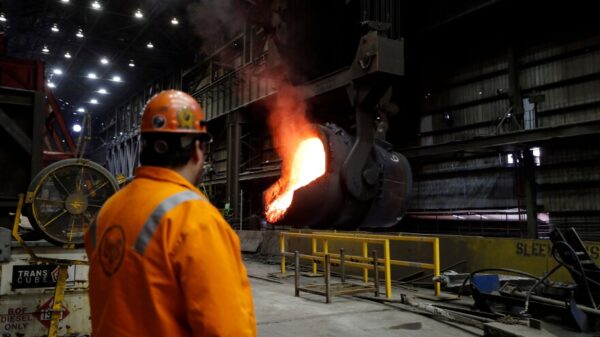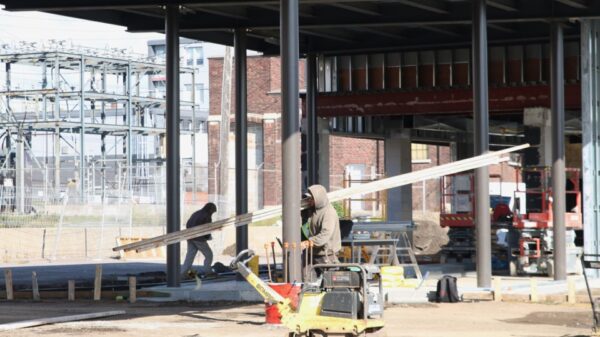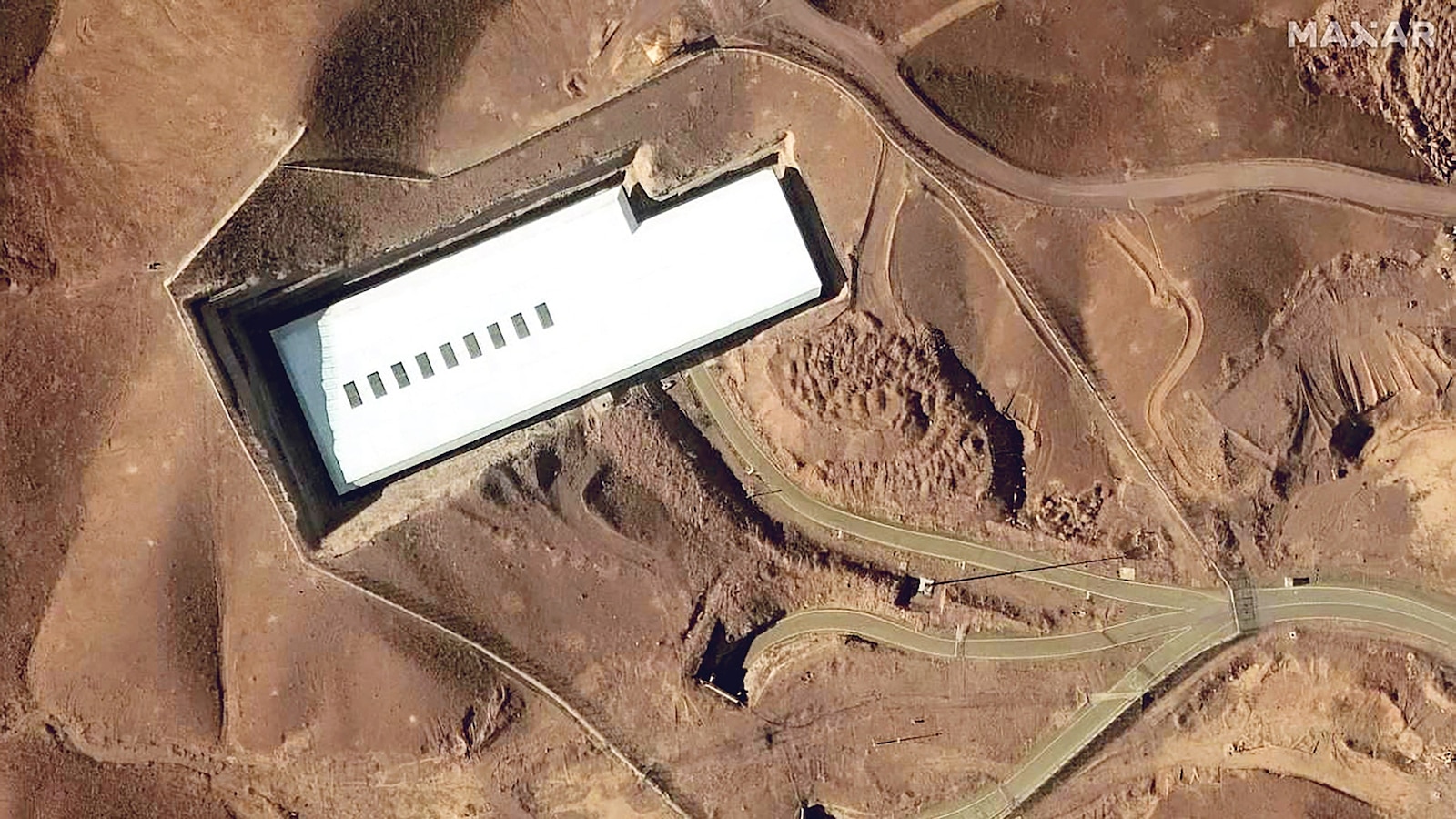In the wake of recent military strikes on Iran’s nuclear facilities, experts have weighed in on the potential environmental consequences. While the destruction of uranium enrichment sites might raise alarms, the likelihood of a catastrophic event similar to Chernobyl is deemed improbable by nuclear scientists.
Satellite images released by Maxar Technologies on February 12, 2025, provide a comprehensive view of the Fordo uranium enrichment facility, located south of Tehran. This facility, along with others such as Natanz, Isfahan, and Bushehr, has been at the center of recent military actions aimed at crippling Iran’s nuclear capabilities.
Understanding the Targeted Facilities
Israel’s military actions are part of a broader strategy to prevent Iran from developing nuclear weapons, alleging that these sites are integral to weapon production. However, Iran maintains that its nuclear program is intended for civilian purposes, a point emphasized by Matthew Bunn, a nuclear policy expert at Harvard University.
The facilities in question range from uranium extraction sites to processing and enrichment plants. According to Kathryn Ann Higley, a distinguished professor at Oregon State University, these sites transform uranium into the necessary chemical form before enrichment. Despite the tensions, the environmental impact of these strikes remains a topic of debate among experts.
Radioactivity Concerns and Expert Opinions
Nuclear experts, including Lee Berstein from the University of California, Berkeley, suggest that the release of radioactivity is not a primary concern. “There’s plenty to worry about in the Iran-Israel war, but the release of radioactivity is not one of them,” Berstein stated, highlighting that the uranium involved is not sufficiently radioactive to pose a widespread threat.
Emily A. Caffrey, director of the Health Physics Program at the University of Alabama at Birmingham, explained that the uranium hexafluoride gas released during strikes is a significant risk. However, this gas does not cause long-term contamination or radioactive issues, as it is a heavy molecule unlikely to travel far.
“It’s just a big, heavy gas molecule, so it’s not going to go very far,” Caffrey noted.
Historical Context and Comparisons
The specter of Chernobyl looms large in discussions about nuclear safety. The 1986 disaster was due to a poorly designed reactor, a scenario unlikely to be replicated in Iran. Modern nuclear reactors are robustly constructed, requiring substantial firepower to cause significant damage, according to experts like John Erath from the Center for Arms Control and Non-Proliferation.
Angela Di Fulvio, an associate professor at the University of Illinois Urbana-Champaign, emphasized that no radiation leaks were reported during previous incidents at Natanz, underscoring the resilience of contemporary nuclear facilities.
Potential Environmental and Human Health Impacts
While uranium hexafluoride poses a chemical risk, its radioactive threat is minimal. If inhaled or ingested, it can cause kidney damage due to its heavy metal content, as explained by Caffrey. However, significant exposure is unlikely without large quantities.
Experts like M.V. Ramana from the University of British Columbia caution that while the Bushehr Nuclear Power Plant is not a deliberate target, its destruction could have serious consequences due to the large amounts of nuclear material it houses.
“Although the Israeli military might not be deliberately targeting Bushehr, it is a possibility given the extensive bombing that Iran has been subject to,” Ramana warned.
Future Implications and Strategic Considerations
The ongoing conflict between Israel and Iran raises concerns about the broader geopolitical and environmental implications. The International Atomic Energy Agency’s Director-General Rafael Grossi has warned of the serious consequences of an attack on the Bushehr facility, which is crucial for energy production in Iran.
As tensions continue, the international community remains vigilant, urging caution to prevent any escalation that could lead to environmental disasters. The situation underscores the delicate balance between military strategy and environmental stewardship in regions with nuclear capabilities.
Moving forward, the focus will likely remain on diplomatic efforts to de-escalate tensions and ensure that nuclear facilities are safeguarded against potential threats, minimizing risks to both the environment and human health.




































































